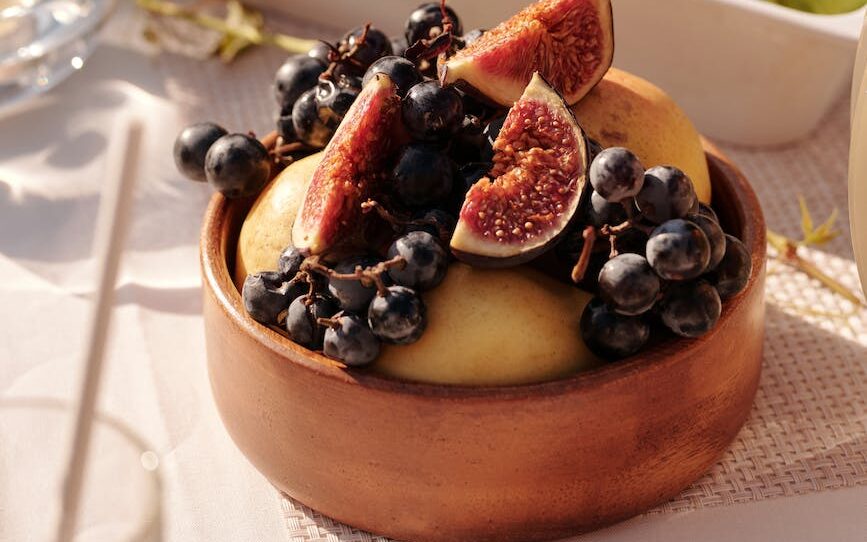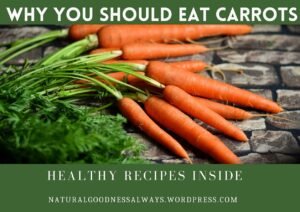At busy times or times when you are eating out, the difference between a meal and a snack might get blurred as you think of the different options to satisfy your hunger without much stress. While both are important to fuel your body, you can’t replace one with the other. A main meal i.e., breakfast/lunch/dinner, contains a balance of all essential nutrients your body requires to stay healthy and function well. A snack is a less filling food that provides you the energy and nutrients, in between the meals. To stay energized and well-fueled throughout the day, as well as to avoid sudden hunger spikes, it is necessary to have a balanced and nutritious diet.
These ideas for a balanced diet that is nourishing, healthy, and balanced will help you plan for a week and avoid eating food that is not so healthy or nutritious.
Balanced Snack

- Hard-boiled egg + fruit slices.
- Carrot sticks + hummus.
- Oatmeal + fruits.
- Greek yogurt + mixed berries.
- Grapes + cheese slices.
- Whole wheat bread + peanut butter + banana.
- Whole wheat pita + cheese slice + sliced cucumber/tomatoes.
- A cup of milk + dried fruit + nuts whole grain cereal.
Healthy snacking gives you consistent energy throughout the day, keeps you from food cravings or grabbing junk food when you are hungry, and helps you avoid overeating at your next meal. The essential nutrients in a healthy munch that you have in between your meals, support your overall well-being and help you lead an active lifestyle.
On the other hand, binge eating, or eating without hunger, could interfere with your appetite. You must focus on portion size and avoid unnecessarily grabbing fast food or food poor in nutrition which is commonly done when people experience boredom or psychological stress..
Balanced Meal

- Pan-fried salmon + lentil carrot salad + cooked quinoa.
- Roast fish + roasted veggies + cooked rice.
- Pasta salad ( whole wheat pasta + chicken + mozzarella cheese + non-starchy veggies) with olive oil dressing.
- Veggie/chicken quesadilla + gaucamole/ salsa.
- Baingan bharta (Spicy roasted eggplant) + brown rice.
- Scrambled egg + whole wheat tortilla/ Indian flatbread + yogurt
(Reference
A balanced meal in the right proportion, consumed at the right time, keeps you active throughout the day, helps your digestive system function well, and boosts your immunity. Unless your diet is balanced with all the nutrients that your body needs, you may become prone to infections and even experience a lack of energy.
To strike the right balance of nutrients in your diet, add fruits and vegetables, include dairy, or alternatives to dairy, high-fiber food, oily fish, lean meat, and legumes in your weekly diet plan, and adjust your portion size based on your lifestyle.
Limiting sugary food or food loaded with salt and trans fats is equally important for a healthy body. Make some beneficial lifestyle changes and always maintain a balance of nutrients on your plate as a healthy diet is crucial for healthy living.
Combine your balanced diet with healthy eating habits such as eating the right portion size, not overeating or skipping breakfast/lunch, and not eating in front of the screen which could lead you to not eat mindfully.
If you’re looking to improve your diet, or just want to get started on a healthy eating plan, this video can help you make healthy eating a part of your life.
Amid a busy life and the daily chores, how do you manage to have a balanced diet? Do share your ideas.





[…] A main meal i.e., breakfast/lunch/dinner, contains a balance of all essential nutrients your body requires to stay healthy and function well. A snack is a less filling food that provides you the energy and nutrients, in between the meals. To stay energized and well-fueled throughout the day, as well as to avoid sudden hunger spikes, it is necessary to have a balanced and nutritious meal/snack. Read More […]
[…] overeating and eating food that is poor in nutrition. Eat a balanced diet and practice healthy eating […]
I’m often to blogging and i really appreciate your content. The article has actually peaks my interest. I’m going to bookmark your web site and maintain checking for brand spanking new information.